Excite app users through the sense of ownership
Ownership is an interesting concept. If you have ever had any contact with a two-year-old, you realize within seconds that they have very strong opinions about what is theirs and how sharing does not sound like something they ever want to do. We all (or at least most of us) learn to conform to what society deems as normal behavior as we grow up, but still, we all develop a relationship with our stuff and things that matter to us. This sense of ownership, the feeling that something is yours is well recognized in psychology. And is used in all types of interactions we have with things and people around us, including apps. Taking audience retention a step further, app developers are looking into how this attachment can be used to their advantage, helping them build a captivated audience. An audience that finds it difficult to let go of “their” app. How?
Developers try to find different ways to instill users with a sense of ownership, by using different techniques. From personalization, to progress saving, gathering and use of feedback to improve apps, to introduction of collection and loyalty schemes that will appeal to their audience and turn them into loyal app users.
Personalization – Make each user feel at home
Personalization or customization is, simply put, the tailoring of an app to the likes, dislikes and needs of each individual user. Giving each user control over the whole process of adjusting their experience within the app helps increase this sense of ownership. Moreover, the ability of an app to “learn” and adjust to the user’s experience, can turn the usage of that app to an integral part of a user’s everyday life. It’s the same feeling that you have when you get a new computer or mobile phone. It only feels like it’s really yours when you get to open it and set it up exactly the way you want to.
All the major social, news, video or blog networks like Facebook, Twitter, Medium and Youtube are using this approach, too. Adjusting your personal timeline with people or stories you want to follow is one of the main reasons you find yourself coming back to that specific app, multiple times a day.
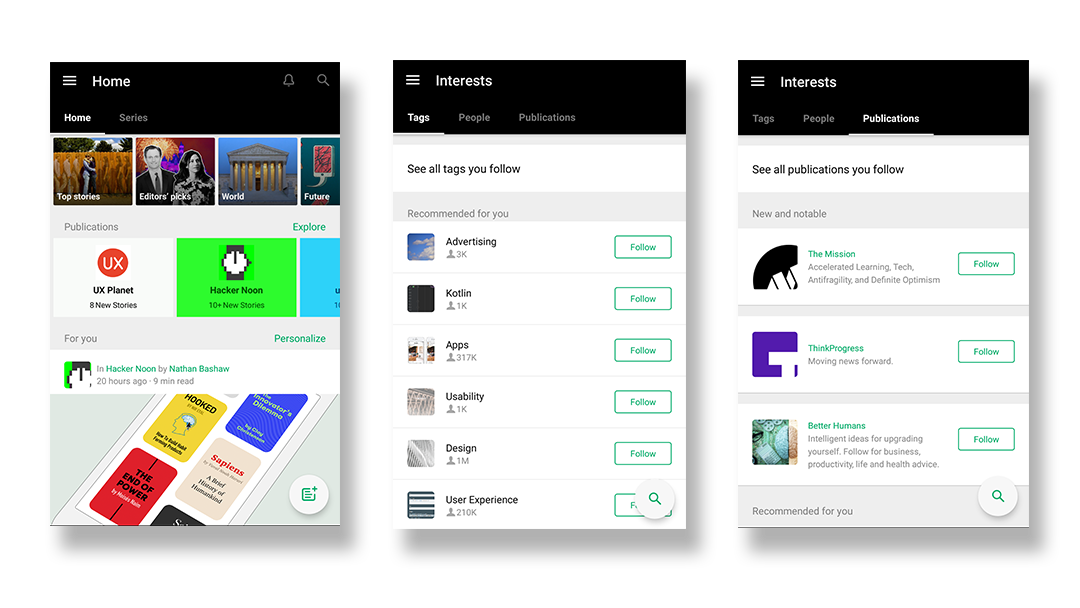
Personalization can take several different forms. Even the ability to customize your app, like changing the background and theme of the app, is something that can change the whole user experience and eventually the user’s feelings toward that app. Looking at the bigger picture, something as simple as a “Settings” section can greatly improve user experience by providing the ability to further tailor the app, adding to that overall sense of ownership.

Spotify uses this basic notion that people express their self-identity through the things (and apps) around them by creating an environment that teaches itself how to evolve along with the user. Actually, it’s a great example of personalization. When using Spotify’s Daily Mix, you can listen to music that you will almost certainly enjoy, based on the genres of music you have listened to so far in the app. These lists are automatically created for you, loaded with artists of your preference and with the great addition of newly discovered tunes of the same vibe. But what is most important, is that the performance of the algorithm grows with the user. How easy is to tear yourself away from such a product and move on to one that does not know how you like to listen to something quiet when you first wake up, but also enjoy a bit of rock when you do your work out?

Google Now, an intelligent personal assistant created by Google, is also a great example of how personalization can create engagement. Google Now caters a list with several info and suggestions based on your previous search habits and location patterns. It also informs you about transportation, news, events, important emails or meetings making it hard to live without after you get an initial sense of the value it can offer.
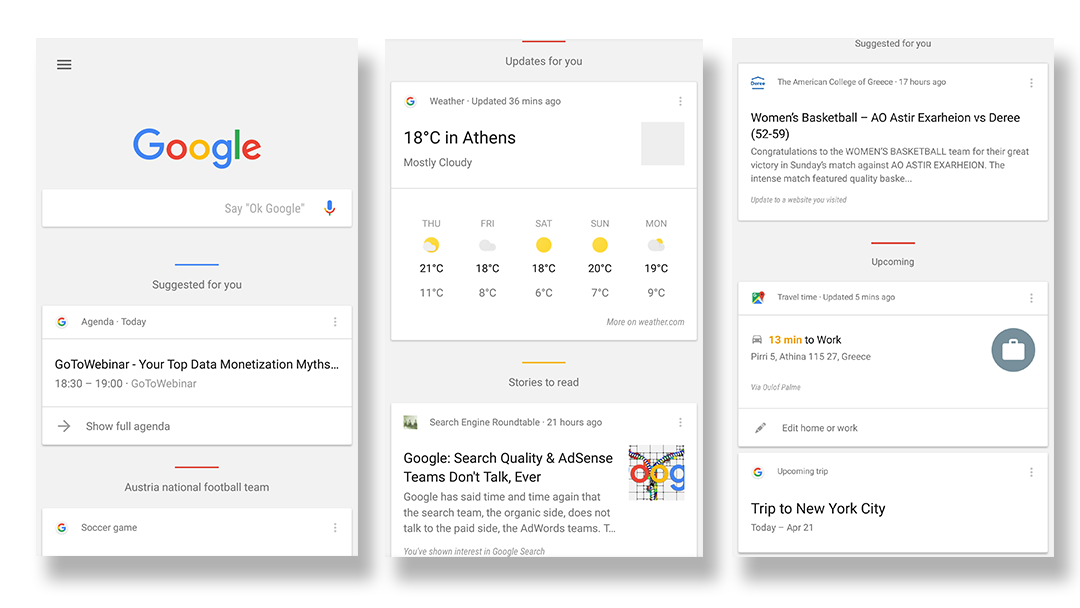
Keeping track of a user’s actions (history) is also a great way to create a sense of ownership. Letting the user see or track his previous actions or previous usage of the app subconsciously gives the feeling that the app knows him well. That’s a really strong feeling. Below you can see an example of how Airbnb tracks previous trips you took through the platform.

Save for later – Invest in commitment
Allowing users to take actions and save things of interest, progress, or status for later use, builds on a commitment that can reveal the true value of ownership.
For example, allowing users of a news feed app (like the CNN app you can see below) to bookmark or favorite an article to read on later during a future visit, provides the illusion of commitment; an illusion that will bring the user back to the app.
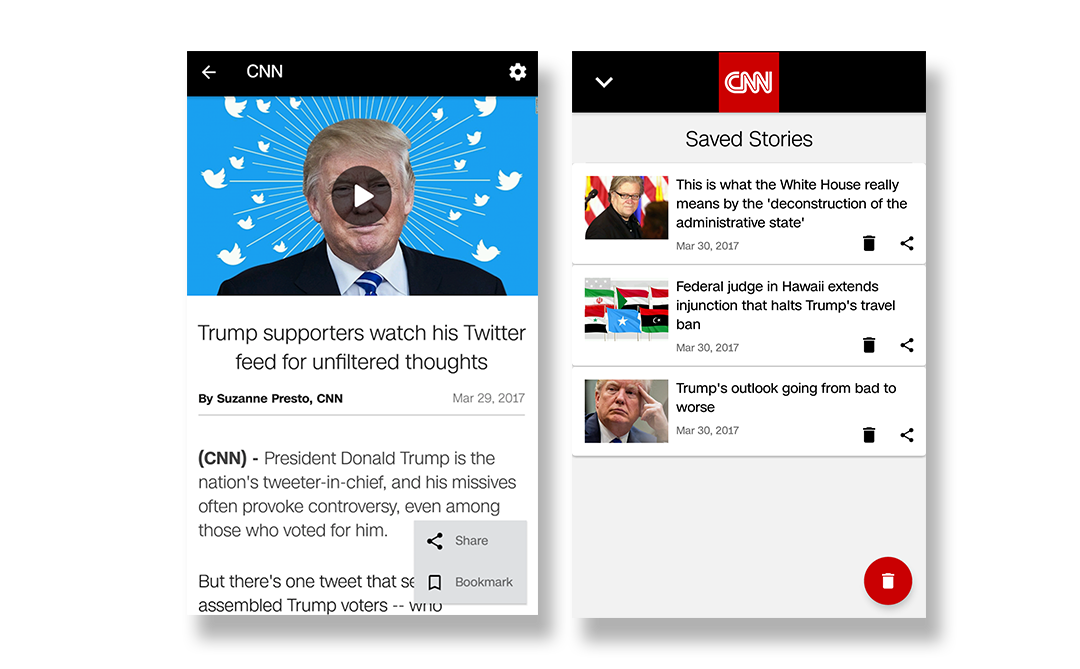
SkyScanner, a travel fare aggregator app, is based on the same concept. Users can use it to add and monitor flights with price alerts. By adding a price alert, or choosing to monitor a flight, user will definitely come back to the app in the near future.
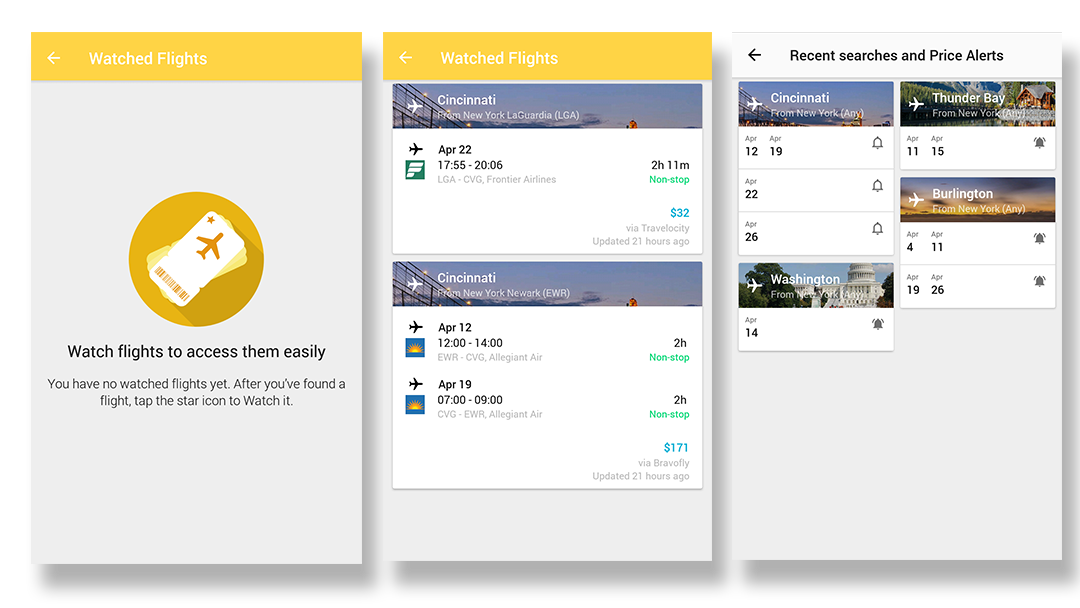
Tracking a user’s progress within the app (as is the case with the Duolingo app) and giving him the option to save his progress also helps create this mood of commitment, and bring the user back to try and increase his status and achievements.
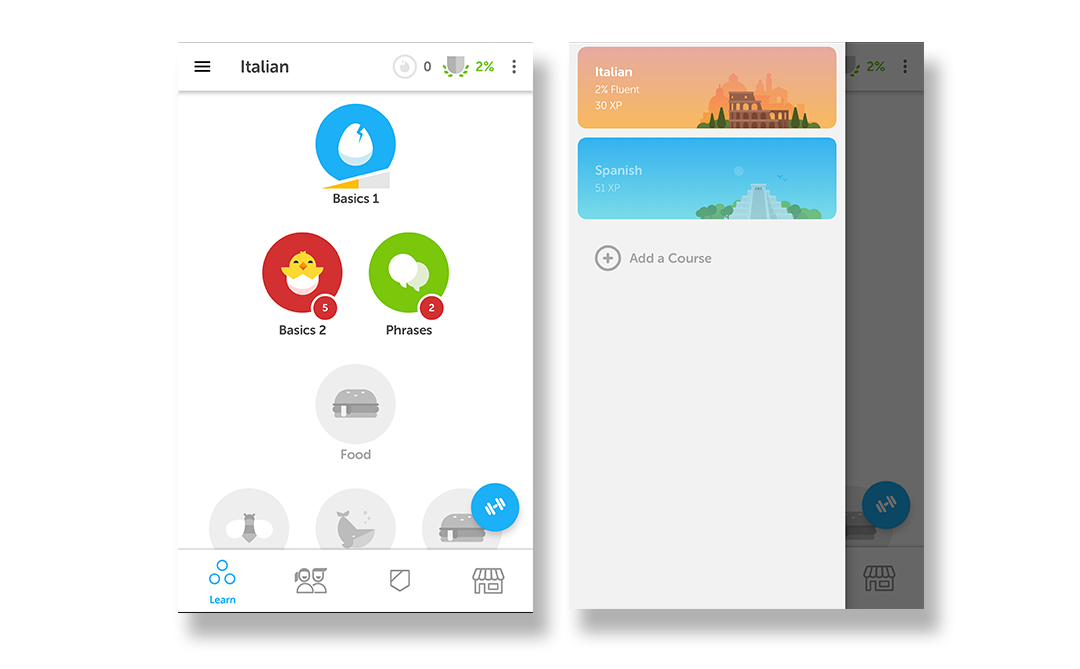
Runtastic, for example, allows a user to record his performance and activities and compare them with previous ones, as well as challenge those with new activities. This creates loyal users, directly connected with the app, since all this information is stored in-app. Being able to return and find this readily available, can be really valuable to a user.
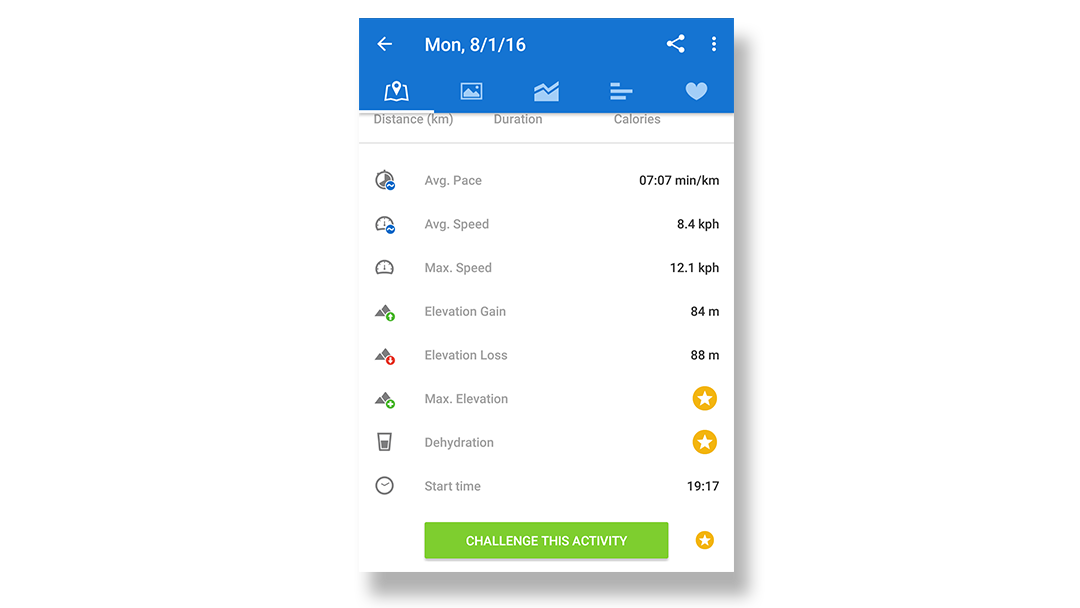
Feedback – Turn a user into an active part of the process
Asking for feedback and eventually listening and building what users requested, is a great way to turn users into loyal visitors. When a user feels that he is part of the evolution of a product or app, he becomes highly engaged and this in turn, results to ongoing usage of the app.
Major apps have always provided users with a way to leave direct feedback on the app as a critical step in the product testing process. Airbnb, for example, has a section dedicated to user feedback on a variety of different topics, all in an effort to improve the experience and usage of the app.
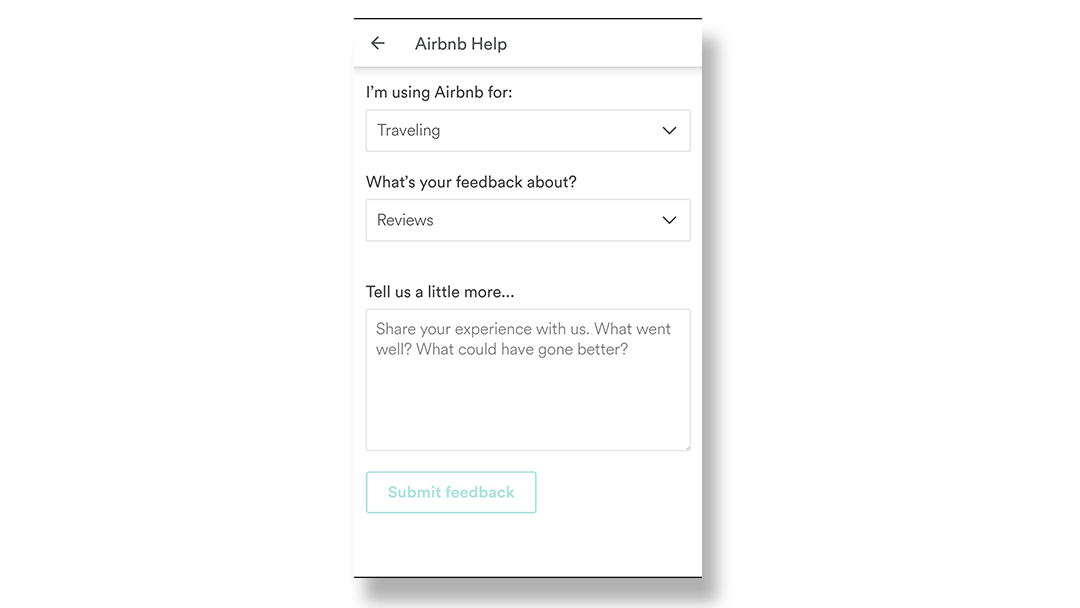
We have seen what giving users this option ultimately achieves at Pollfish, too. Pollfish is a DIY survey platform, where everyone can create a survey in minutes and and get responses from thousands of users through mobile apps, in as little as a couple of hours. When we were first building the platform, we were astonished by the number of people that were actually participating in our surveys. So much so, that we decided to run a survey of our own and ask them: “Why do you participate in surveys?”. Now we know that when users replied that they enjoyed doing surveys “Because I am providing feedback, I am an active participant in the process” and “That way I can really put my thoughts on products out there” we had tapped into that basic feeling, that sense of belonging to a select group of few. Those few that were part of the product development phase, just by giving feedback.

Seeing that users were only too eager to share what they liked or disliked about an app gave us an idea. And that was how giving app publishers the option to survey their own users for free and create their own survey design came about. When a user came back to an app to find that the developer took into account one of their suggestions and made a change, that user was “hooked”. Occasional users turned to loyal customers and all this demonstrated a significant increase in retention, the end-goal of every app publisher.
You have to catch ’em all! – Introduce a collection or loyalty scheme
The famous tag line from Pokemon drives players into hunting down all the items of a collection. Owning all those rare Pokemon becomes all-consuming, and users do not stop until they DO catch them all. But the notion of “catching them all” is not actually all that new; we all have a collection of trading cards stashed somewhere. Pokemon Go was build upon this idea. Introducing a concept of a collection in the context of any app not just games can still achieve the same results.

Introducing loyalty schemes in apps can arouse the same feeling. For example, OpenTable, a popular reservation app, introduced a dining rewards program where users can receive points for honouring the reservations they made and redeem them at a later day. Killing two birds with one stone: active participants that leave feedback that helps others AND repeat dinners.

Time is money. Managing to create a user that has invested valuable personal time to an app, helping to make that app better by tailoring it to his needs is a sure-fire way to ensure that he keeps coming back, again and again. Allowing users to customize their experience within an app or even better, personalize the app based on their usage of it, will make it extremely hard for them to leave and move onto another app. Giving users a way to permeate an app with “pieces” of themselves, (like saving their progress or items for later use) gives a sense of belonging. And that drives users back to the app. Pretty much like asking users for feedback and showing them how you have acted on it does. Top things off with a loyalty scheme or a collection to complete and the impact on app retention and engagement is maximized. The feeling that we have as young children that we are what we own does not exactly diminish as we grow older. Basic human needs, like the sense of ownership and achievement, are at the heart of every successful app and are widely used in a mobile app’s design.
Want to learn more about using app survey polling as part of product testing? Learn how to make a survey with our free tutorial!
Do you want to distribute your survey? Pollfish offers you access to millions of targeted consumers to get survey responses from $1 per complete. Launch your survey today.
Global GSK Shingles Survey Insights
Original Insights,The Pollfish Blog
February 24, 2024
Shingles misconceptions: new global survey commissioned and funded by GSK highlights widespread…
B2B Sales Emails: Are they Effective or a Nuisance?
Original Insights,The Pollfish Blog
September 6, 2022
Are B2B sales emails a thorn in your side? Do they drive you crazy? Virtually all white-collar…
